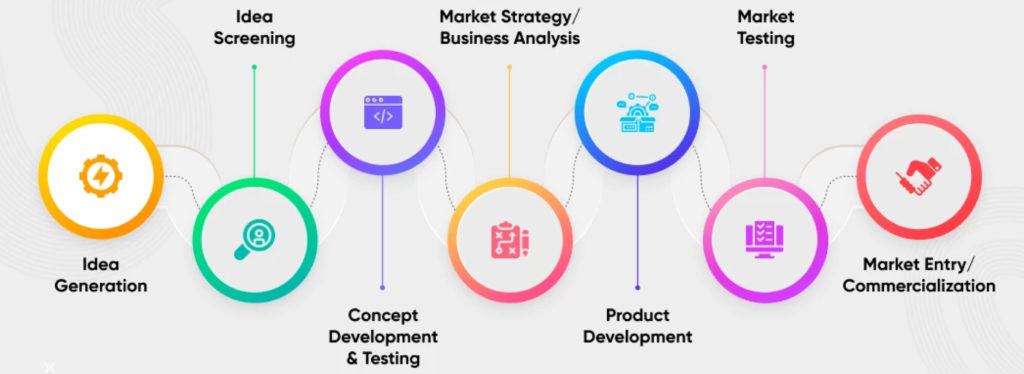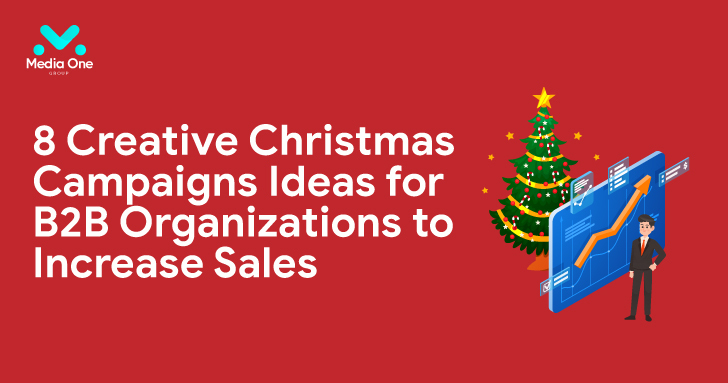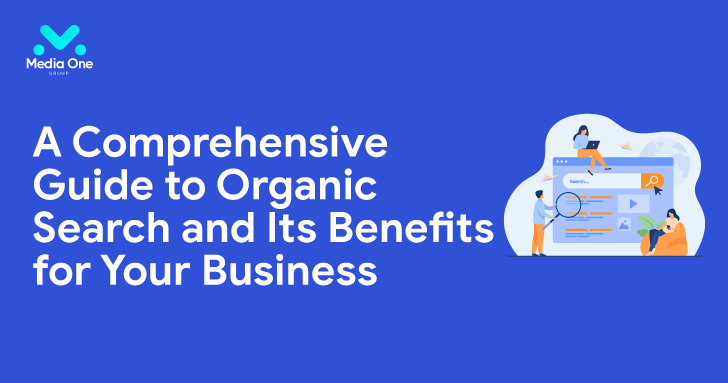“I haven’t failed. I’ve just discovered 10,000 ways that won’t work.” stated Thomas Edison when describing his own research and development process. So, this means developing a product isn’t a hassle-free process and not every idea will yield a successful product. But do you know following a step-by-step guide can make your journey from just an idea to an outstanding market product quite easy? Continue reading this blog to know how you can make your product development process successful.
What is a Product Development Process?
The product development process consists of steps that transform a product concept into an attractive and salable product. Product development depends on customer needs, the feasibility of product development, the availability of adequate funding, whether or not people will have easy access to your product, and the number of other companies/brands that may be your potential competition in the market.
Following a series of systematic phases can better align the product development process and turn your creativity into an effective strategy that helps the business gain clarity and confidence in what they are building. Let’s discuss these stages of the product development process:

Generate Product Idea:
Teams use brainstorming techniques in the ideation stage, also known as ideation, to decide what goods to make. By taking into account the organization’s target market and current products, market gaps can be found and solutions to current problems can be developed. Although the product development process is still in the early stages, teams can see potential flaws early to avoid problems in later stages.
Product Definition:
In this step, the team must ensure that they have a clear understanding of the customer’s needs while improving the definition of the product concept. This startup phase is often known as discovery. At this stage, the design team is assembled. The group determines the basic functionality of the new product concept and creates a first comprehensive assessment of its technical, market and business elements. A design thinking approach or template can be helpful to start with.
Prototype Development:
The goal of the prototype phase of the product development process is to produce a finished product that will serve as a sample for mass production. You would rarely create your final product in a single effort; instead, prototyping usually involves testing many versions of your product and gradually removing variables and improving existing designs until you are satisfied with the final prototype.
Additionally, prototyping varies greatly depending on the type of product you are creating. The simplest and most affordable cases are things you can prototype yourself. Most often, however, business owners will work with a third party to prototype their product.
During the prototyping phase, you will work on specifics such as:
Feasibility Analysis:
Check that the workload and projected timeline is feasible. If not, change your plans and ask other stakeholders for help
Market Risk Survey:
Before your product is manufactured, it is important to evaluate all possible risks associated with its development. This way, you can avoid derailing your product launch later.
Plan your Development Strategy:
Then you can start implementing your development plan. In other words, be aware of a systematic approach that can be used to assign jobs and their schedules.
MVP:
The prototyping phase results in a minimum viable product. An MVP is a prototype of your product that has enough features for the first customers to use. Early in the product development phase, it helps to validate the product concept. In addition, it allows product managers to innovate and make small, incremental adjustments to the product by allowing them to get feedback from customers as quickly as possible
Product Design and Development:
Product prototype development is also a focus during this period, along with product design. In most cases, teams iteratively work with customers to alpha-test a prototype, gather their feedback, and incorporate it into the final product. The creation of launch and production platforms to support the developing product is done by marketing, sales and manufacturing. Not to forget, it is important to maintain close communication during this stage to ensure your initial design is on track. Finally, gather initial input from project stakeholders and senior management once the design is complete.
Product Launch:
You currently have a successful product that is ready to launch. Marketing your product is the final stage of this process. The product development team then transitions the initiative to marketing, at which point they launch the product.
Tips to Launch a Successful Product Development Process
As the competition in the market increases and the needs of consumers change, the production of quality items is a must. To this end, businesses require expanding product development services that enable them to create cutting-edge, innovative and distinctive items. A brand that employs well-executed product development services can better understand market demands, spot upcoming trends, and create products that truly benefit its customers. And to make your product development process a success, we’d like to offer you some tips.
Value customer interests at all times
Remember to always keep your customers/users part of your product development process. At various points in your product development, you can solicit feedback from clients to also guide you on future strategies for product development services.
Realistic product development approach
An important tip when designing a product is to be realistic. Setting a realistic plan can be incredibly helpful if you have a well-defined product starting development. The plan must be re-checked and adjusted if necessary. No early plan is ideal and must be updated to be useful.
Role of IT service providers
In addition, don’t underestimate the role of IT service providers in a successful product development process. Typical responsibilities of IT service providers include managing the technical plan, offering guidance on technical designs, demonstrating a technical understanding of requirements, advising on technology selection, conducting research and development, assisting with technical issues, and reviewing and approving design decisions. .
Effective team collaboration
Teamwork makes the dream work! This means that effective communication between collaborators is essential to a successful product launch. And to communicate effectively, share regular updates with stakeholders to keep them informed of your company’s progress, maintain project schedules to keep your team on task as the project progresses.
Besides this, collaborate with other teams in your company to plan and get ready to promote the product to make sure the product is profitable, talk to the accounting team in your company about the product development budget and finally the selling points of the product should be specified so that the marketing and sales teams can use them in advertising campaigns.
Closely monitor product development process
Lastly, monitoring consumer comments, product testing results, and sales data are just as important to the future success of your business. It will keep you updated about the product development process as well which minimizes the chances of error during the entire cycle of product development
Conclusion:
So if you’re wondering what it takes to have a successful product development process, the simple answer is determination and passion. Each brand will undoubtedly have a unique product development journey, but using a planned strategy will increase your chances of a successful product launch.





